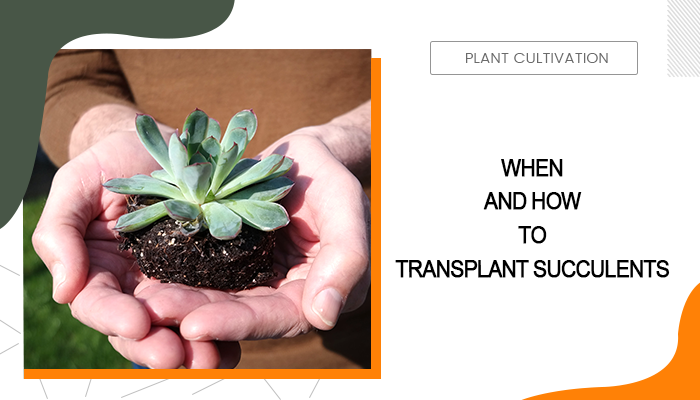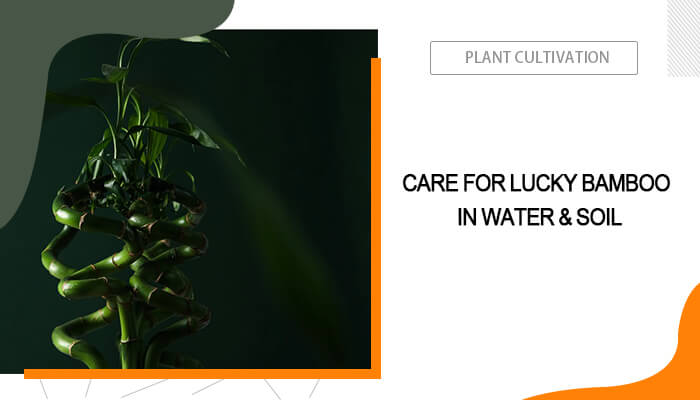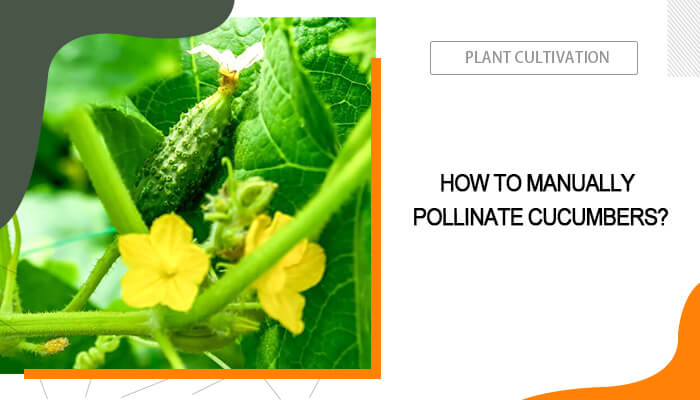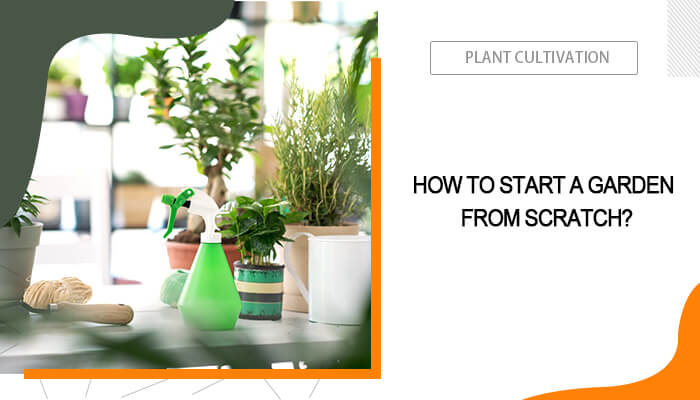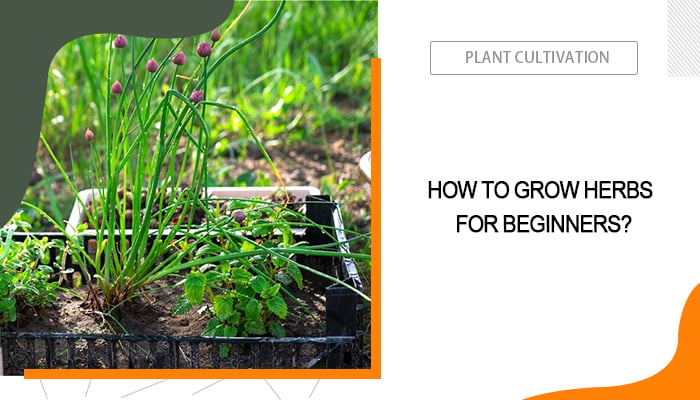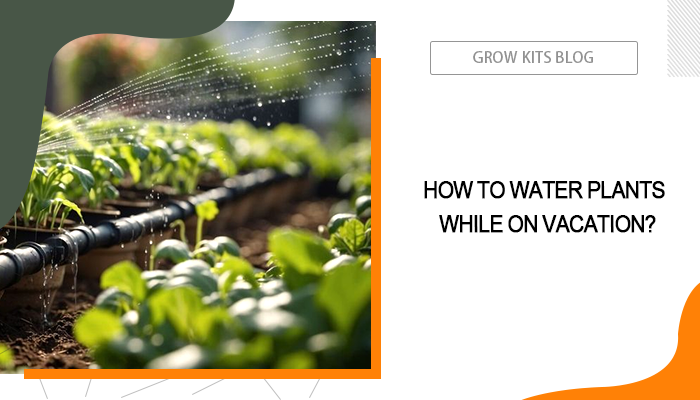Transplanting succulents is not just about moving a plant from one pot to another. It's an opportunity to revitalize your plant and ensure its continued health and growth. Luckily, succulents are fairly easy to transplant, even for beginners. Read on to learn more about repotting succulents with ease.
Table of Contents
When to Transplant Succulents
The best time to transplant succulents is before their active growing season, which for most varieties is in the early spring and fall. Transplanting before this time allows the plants to quickly recover and establish themselves in their new pots well.
Also, avoid repotting the plant during dormancy. During this time, succulents conserve energy and resources, preparing for their next growth period. Repotting them during dormancy can cause unnecessary stress, as they are not in an active state to recover and re-establish their root systems in the new environment.
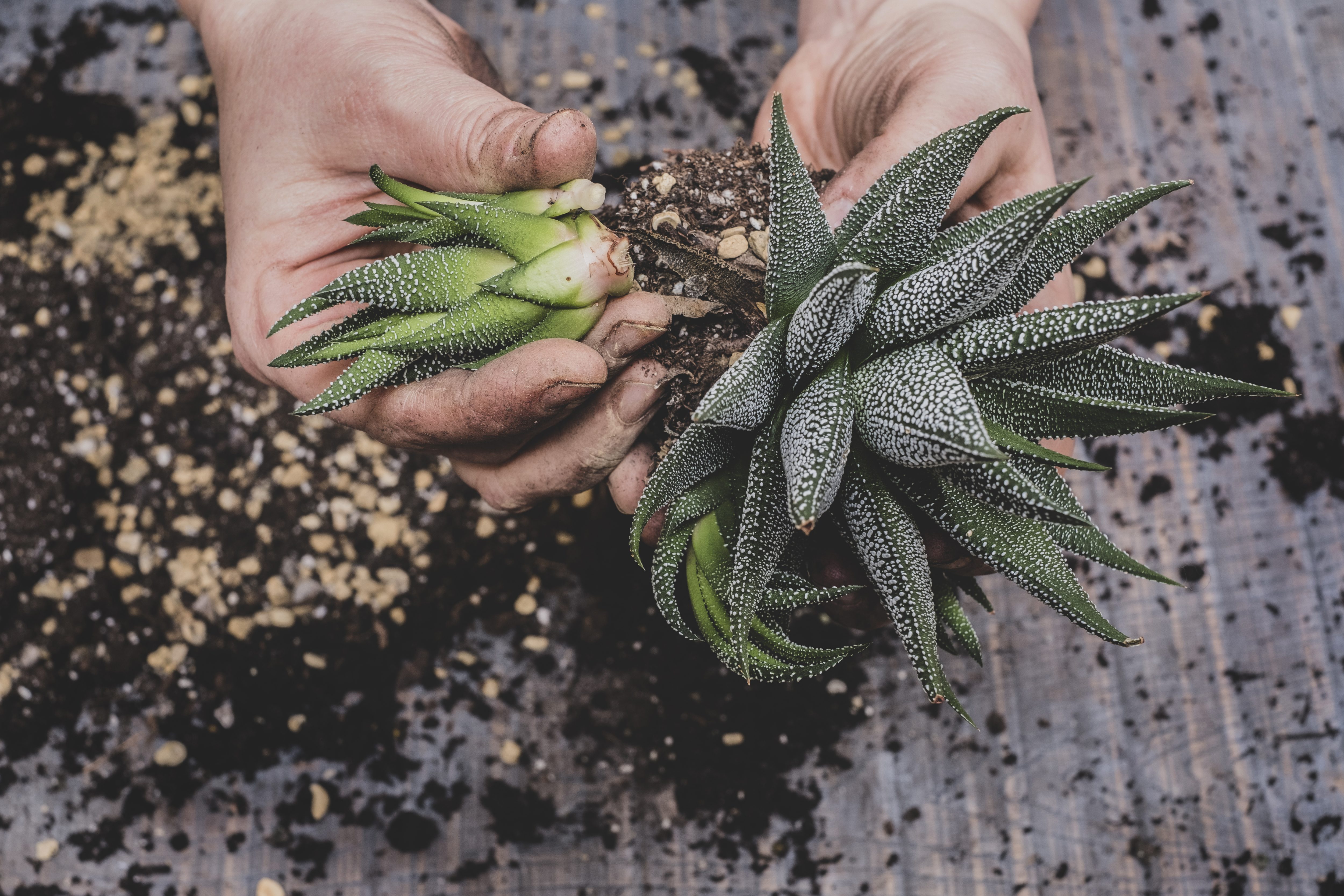
If you are unsure whether to transplant the plant or not, look for these signs:
- Outgrown Their Current Container: If you notice the roots of the succulent are starting to grow out of the drainage holes or the plant appears to be crowded in its pot, it's a sign that the succulent has outgrown its current home and needs more space to continue growing.
- After Purchase: Often, succulents purchased from stores come in small, temporary pots. It's generally a good idea to transplant these succulents into a larger pot with fresh, well-draining soil within 2 weeks.
- Visible Decline in Health: If the succulent shows signs of stress, such as yellowing leaves, stunted growth, root rot, or an unusually elongated stem (etiolation), it might benefit from a new environment with fresh soil and more room to grow.
- Annually for Younger Plants: Young, actively growing succulents can benefit from being transplanted annually to accommodate their rapid growth and changing root systems.
- Every 2-3 Years for Mature Plants: Mature succulents typically need less frequent transplanting. Doing so every 2-3 years is usually sufficient unless you notice signs that they require it sooner.
- Developed Offshoots or 'Pups': Many succulents naturally produce small offshoots, commonly referred to as 'pups'. When your succulents begin to sprout these pups, it becomes an ideal opportunity to repot. This is the perfect moment to gently separate them from the parent plant and begin the process of propagation.
Step-by-step Guide on Transplanting Succulents
Here we are, the real practice of transplanting succulent plants. The whole process does not require much effort, but there are a few tools you should prepare:
- New Pot (with drainage holes)
- Well-Draining Succulent or Cactus Potting Mix
- Trowel or Spoon
- Scissors or Pruning Shears
- Brush or Stick (for soil removal)
- Watering Can or Bottle
Step 1: Remove the Plant from the Old Pot
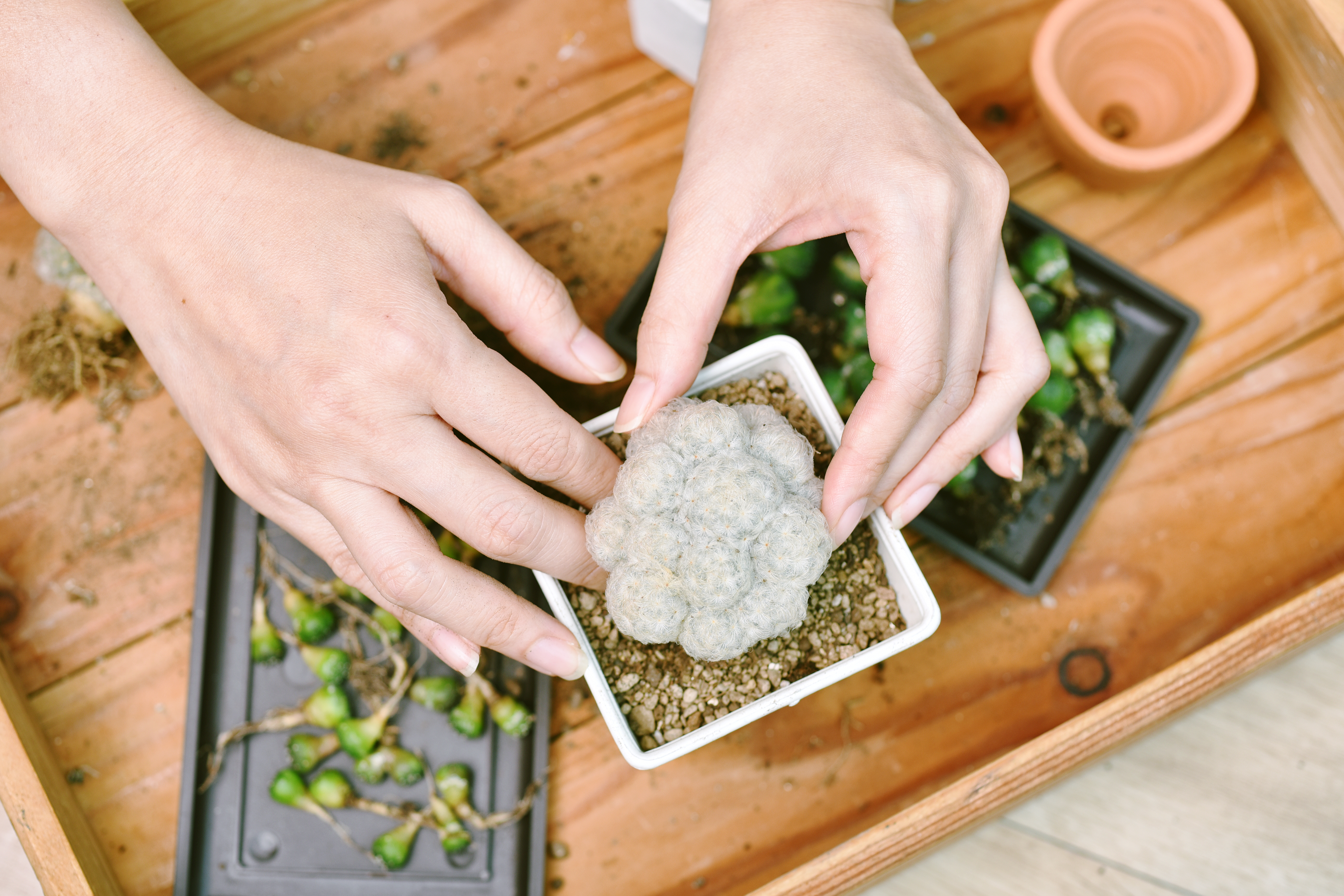
Start by turning the plant sideways and grasp it at the base of the stem with caution. Tap and gently shake the bottom of the container to loosen the soil. If necessary, use a stick or your hands to help loosen the soil further. Pull the stem to remove the plant from the pot.
Note: If the plant is stubbornly rooted, use chopsticks through the drainage holes to loosen the soil, or as a last resort, carefully break the pot.
Step 2: Clean and Dry the Root System
Remove as much old soil as possible from the roots by brushing or tapping. If you rinse the roots, allow them to dry in a cool, shaded area away from direct sunlight for 3-5 days. Trim any excessively long or unhealthy roots with clean, sharp scissors or pruning shears.
Step 3: Put the Plant in a New Pot
Fill the new pot with a well-draining succulent or cactus mix first, filling it about two-thirds full. Then you can place the succulent in the center of the new pot. Add more soil around the plant to cover the roots, ensuring the leaves are above the soil to prevent rot.
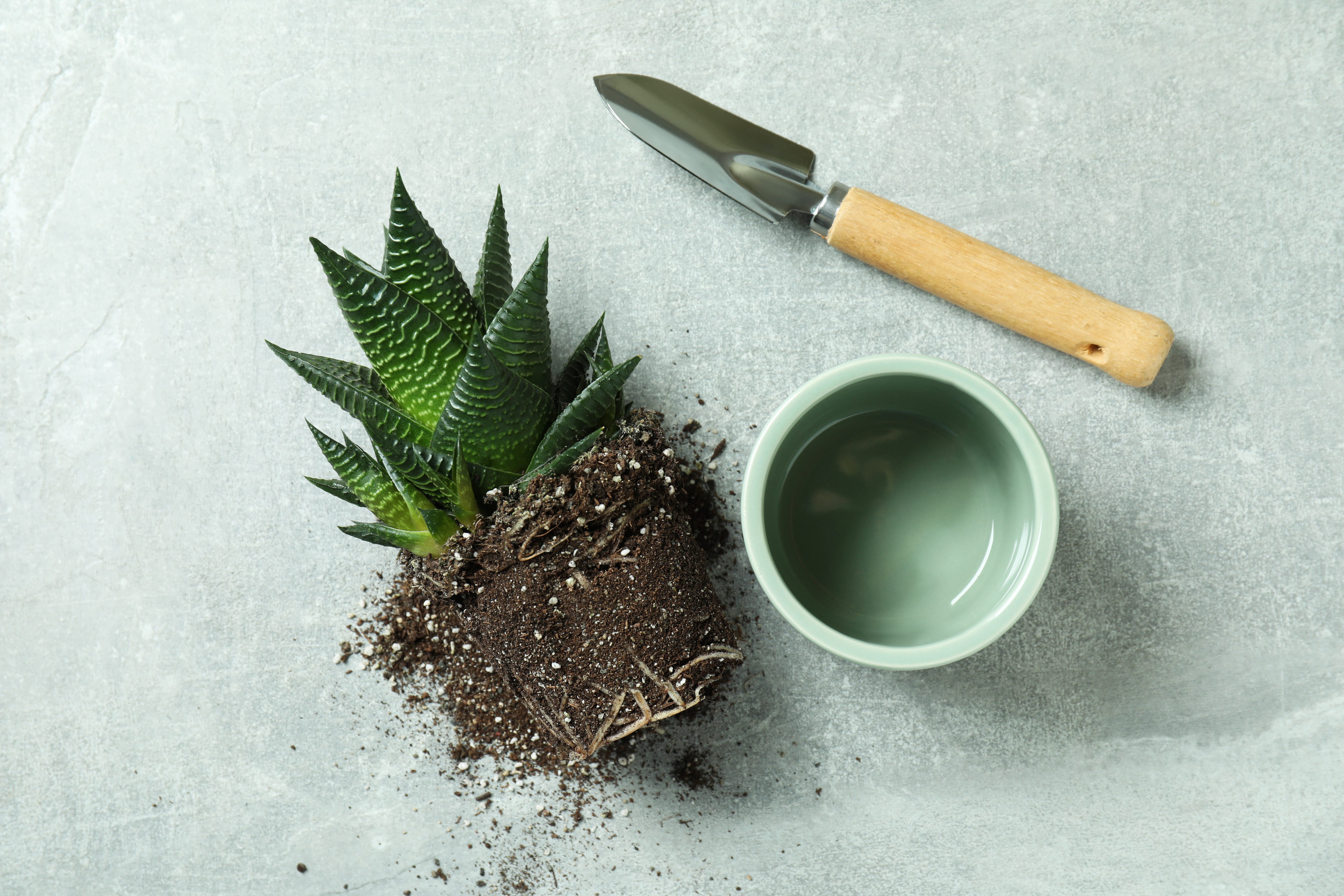
Step 4: Water the Succulent After Transplanting
Wait a few days before watering the plant to allow any disturbed roots to heal. Then water lightly to help settle the soil around the roots.
How to Propagate a Succulent from Cuttings
Propagating succulents is an easy and enjoyable task. Here’s how you can propagate your own succulents from cuttings:
1. Obtain Cuttings
The easiest method for succulent propagation involves taking mature leaves or offshoots from an existing plant. Carefully cut a few leaves or small stems using scissors or pruning shears, ensuring not to harm the mother plant.
2 .Dry the Cuttings
While some types of succulents might start rooting immediately, it's generally better to let the cut ends of the leaves dry out and form a callous. To do this, leave them in a dry, shaded area away from direct sunlight for several days.
3. Plant the Cuttings
Once the cuttings have calloused, place them in a new pot filled with succulent-specific soil. Gently press the soil around the base of each cutting. Wait a day before watering to avoid root rot. Position the pot in a sunny spot, like a windowsill, and expect to see new growth, typically within a month.
More on succulents:




